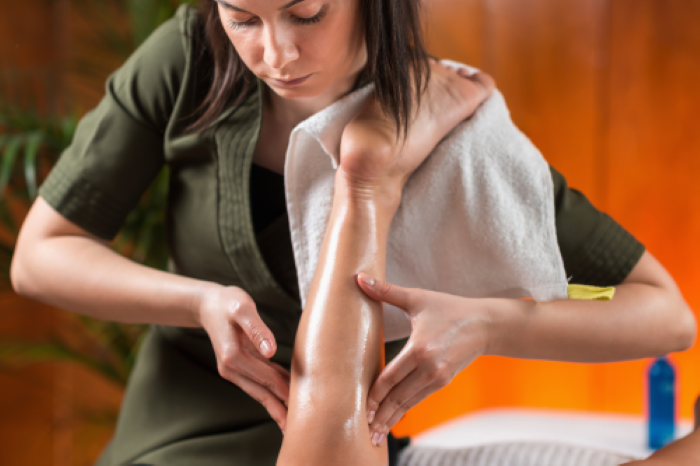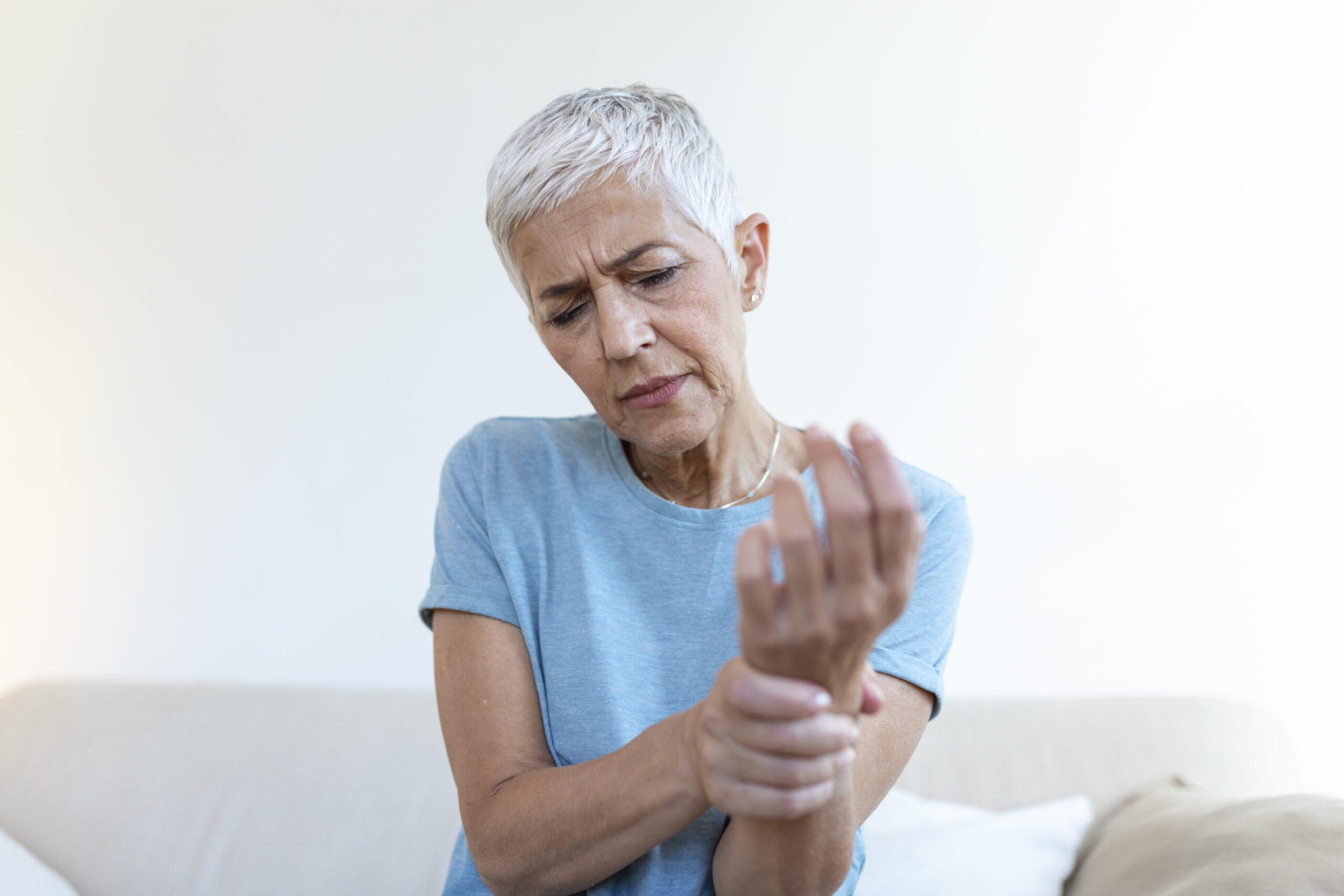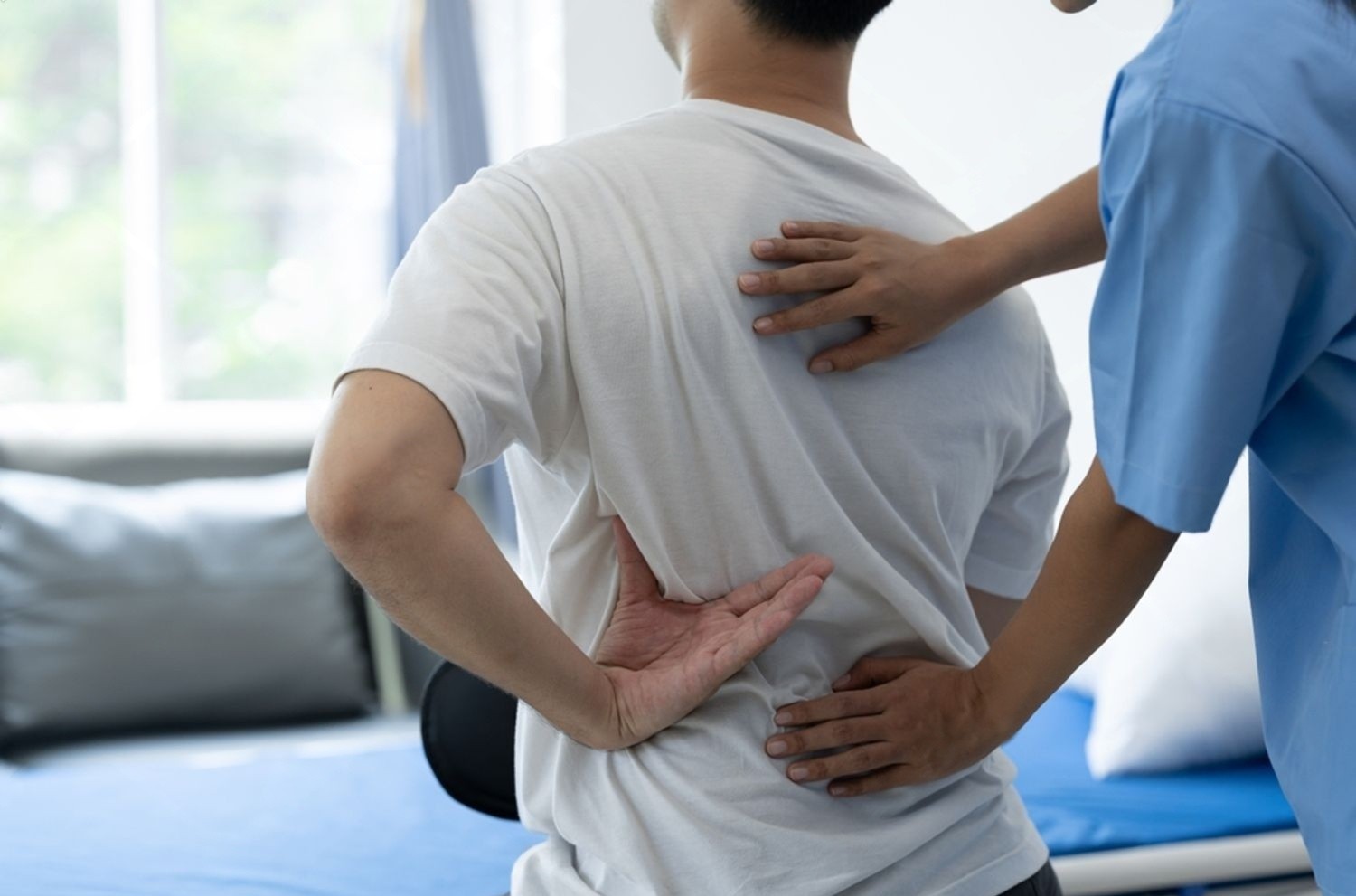A Detailed Comparison of Different Types of Massage

A few hours of massage can take the entire month’s stress away from your mind and body. True, there are different types of massage but each involves manual manipulation of soft tissues. The techniques and health outcomes, however, differ. Whether you need relief from chronic pain or mental stress, there’s a specific massage therapy for it. It becomes easier to choose the right therapy when you have a clear idea of the various massage therapies available out there.
Before discussing massage therapies, let’s understand what massage is exactly.
Massage therapy is an alternative pain-relieving treatment. The registered massage therapists apply a specific pressure to the affected muscles, joints and other soft tissues. This is also known as ‘manual manipulation’ where the pressure is relieved, pain reduced and inflammation is gone.
Massage therapies have come a long way since its inception thanks to science, research and innovation. The techniques have evolved and have become more specific in their actions. Thus, now we have over ten different types of massage that promise great health improvements.
Comparing Different Types of Massage Therapies
| Type of Massage | What is it? | What are the Benefits? | What is the Technique? |
| Swedish Massage | It is a full-body relaxation massage ‘and is the most common one. | Relaxes your mind and energizes the body. Releases muscle tension. Improves blood circulation. Reduces stress and anxiety. Reduces pain. |
RMTs use a combination of the following techniques: Deep circular motions Kneading Passive joint mobilization Long, flowing strokes towards the heart’s direction Vibration and tapping |
| Deep Tissue Massage | It is the application of more intense pressure on the deep layers of muscles and other soft tissues. | Reduces chronic muscle tension. Corrects postural alignment. Improves flexibility and range of motion. It breaks down scar tissue, thereby reducing inflammation. |
RMTs use slow strokes and apply deep pressure with their finger on the stiff spots. The pressure is more intense than Swedish massage. |
| Sports Massage Therapy | It is a specialized massage treatment to help recover from and prevent sports injuries. | Increases athletic performance. Boosts flexibility. Relieves muscle tension. Reduces pain. Speeds healing after an injury. Improves range of motion. Prevents further sports injuries. |
The sports massage therapist may apply full body pressure or targeted pressure on specific parts of the body, depending on your health needs. They often alternately use deep pressure and soothing strokes to help patients recover smoothly. |
| Trigger Point Therapy | It is the application of an optimum pressure on the trigger points of your muscles. The trigger points are the areas that have become stiff and cause movement problems. | Relaxes the muscles. Relieves muscle tension. Improves blood circulation through the muscles. Helps restore movement. Increases muscular flexibility. |
The RMT applies precise hand pressure at the trigger point. They may use the sustain pressure approach (applying pressure with thumb, elbow or fingertip) or the micro-stripping release technique (applying pressure with thumb on one side). |
| Reflexology | The treatment involves the use of subtle or firm pressure on the trigger points of the feet, ears and hands. | Improves sleep.Reduces anxiety. Improves mood. Relaxes the injured area.Reduces fatigue. | It involves two types of techniques: Applying pressure using specialized tools, fingers or thumbs on specific points on the hands, feet and ears. Applying pressure to the reflex points of body organs and systems. |
Which Massage Treatment is Right for You?
Different types of massages cater to specific needs and preferences. It takes an experienced registered massage therapist to assess your injuries and determine the best massage for you. Swedish massage therapy, for instance, involves gentle pressure and hence is perfectly suitable for beginners. Deep tissue massage, on the other hand, involves more severe pressure and hence is suitable for tough muscle knots. So, let’s check out which massage is for whom.
Swedish massage
It is suitable for those who prefer a traditional massage experience or are trying out massage for the first time. You can also opt for this one to maintain general relaxation and wellness.
Deep tissue massage
It is not suitable for anyone who is new to massage or has any medical conditions. Muscle strains or tight muscles are the main reasons why RMTs try out deep tissue.
Sports massage
This one is not restricted to athletes. It helps treat any form of sports injuries that can also result from repetitive physical actions. Examples include muscle pain, discomfort, stiffness and tension.
Reflexology
It is not a replacement for conventional medical care. However, RMTs may recommend this one for general well-being or relaxation.
Trigger point therapy
As the name suggests, this technique is suitable for chronic pain in the muscles, which is usually caused due to trigger points.
Whether you are suffering from muscle strain or chronic pain, massage therapy can help you out. However, you need to share the health concerns first with the RMT so they can prescribe the most effective therapy specific to your conditions.
Our Best Services:
Blog Categories
- Acupuncture Treatment (10)
- Ankle Sprain (1)
- Arthritis Treatment (1)
- Back Pain (23)
- Chiropractic Care (38)
- Tennis Elbow (1)
- Chronic Pain (5)
- COVID-19 (1)
- Custom Orthotics (6)
- Dizziness (4)
- Exercises (12)
- Foot Orthotics (6)
- Hamstring Stretches (2)
- Info Articles (3)
- Kids Injury (1)
- Laser Therapy (4)
- Massage Therapy (21)
- Neck Pain (16)
- Orthopedic (1)
- Osteoarthritis (5)
- Osteopathy (3)
- Pain Management (17)
- Physiotherapy Benefits (44)
- Physiotherapy Clinic (6)
- Physiotherapy Exercises (12)
- Physiotherapy Tips (25)
- Physiotherapy Treatment (100)
- Rotator Cuff (2)
- Shin Splints (1)
- Shoulder (2)
- Spine (4)
- Sports Physiotherapy (1)
- Uncategorized (1)
- Vestibular Physiotherapy (2)
- Work From Home (2)


